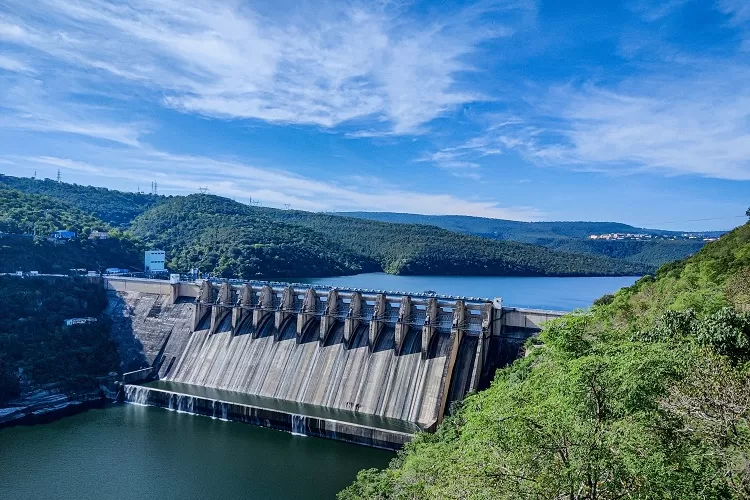Harvesting Hydropower: A Guide to Hydroelectric Power Plants


Harnessing Nature’s Power: Exploring Hydroelectric Power Plants
Hydroelectric power, derived from the energy of flowing water, stands as a significant contributor to global renewable energy. This article delves into the intricacies of hydroelectric power plants, shedding light on their working principles, environmental impact, and the role they play in the sustainable energy landscape.
The Essence of Hydropower: Understanding the Basics
At the heart of hydroelectric power plants is the conversion of kinetic energy from flowing water into electricity. As water descends from a higher elevation to a lower one, turbines are set in motion. These turbines, connected to generators, transform the mechanical energy into electrical energy. This fundamental principle defines the essence of hydropower generation.
Types of Hydroelectric Power Plants: Embracing Diversity
Hydroelectric power plants come in various types, each suited to different geographical and hydrological conditions. From conventional dam-based plants to run-of-river and pumped storage facilities, the diversity allows for adaptation to specific landscapes and water flow characteristics. Understanding these types is crucial for designing efficient and environmentally friendly hydroelectric projects.
The Role of Dams: Impoundment for Energy Generation
Conventional hydroelectric power plants often feature dams that create reservoirs by impounding rivers. The stored water behind the dam is released in a controlled manner, generating electricity as it flows through turbines. While dams provide consistent energy production, their environmental impact, including habitat disruption and altered river ecosystems, requires careful consideration.
Run-of-River Systems: Aligning with Natural Flows
In contrast to dam-based plants, run-of-river hydroelectric systems operate without significant reservoirs. These systems leverage the natural flow of rivers, diverting a portion through turbines to generate electricity. Run-of-river plants minimize the environmental footprint associated with large reservoirs and can be more ecologically friendly, preserving river ecosystems.
Pumped Storage: Balancing Supply and Demand
Pumped storage hydroelectric plants serve a dual purpose: energy generation and storage. During periods of low electricity demand, excess energy from the grid is used to pump water from a lower reservoir to an upper one. When demand peaks, the stored water is released to generate electricity. This dynamic storage capability helps balance the fluctuations in energy supply and demand.
Environmental Considerations: Weighing the Impact
While hydroelectric power is considered a renewable energy source, the construction and operation of hydroelectric power plants have environmental consequences. Alterations to river ecosystems, fish migration patterns, and the displacement of local communities are among the challenges. Striking a balance between energy generation and environmental conservation is essential for sustainable hydropower.
Advantages of Hydropower: A Green Energy Source
Hydropower boasts several advantages, contributing to its status as a green energy source. It produces electricity without emitting greenhouse gases, providing a clean alternative to fossil fuels. Hydropower plants also offer grid stability, serving as reliable sources of base-load and peak-load electricity, crucial for maintaining a resilient and sustainable energy grid.
Challenges and Solutions: Mitigating Environmental Impact
The challenges associated with hydroelectric power plants have spurred innovations and solutions to mitigate their environmental impact. Fish-friendly turbines, fish ladders, and eco-friendly dam designs aim to address ecological concerns. Ongoing research and advancements in technology are continuously improving the sustainability of hydropower, making it more harmonious with the environment.
Global Impact: Hydropower’s Contribution to Energy Mix
On a global scale, hydropower plays a significant role in the energy mix of many countries. Its share in renewable energy portfolios varies, with some nations heavily reliant on hydropower for electricity generation. As the world transitions towards cleaner energy sources, the development and modernization of hydropower plants continue to be key components of sustainable energy strategies.
Explore Further: Hydroelectric Power Plants
In conclusion, hydroelectric power plants represent a pivotal player in the renewable energy landscape, providing a clean and reliable source of electricity. To delve deeper into the workings, types, and environmental considerations of hydroelectric power plants, visit Hydroelectric Power Plants. This resource offers additional insights and information to expand your understanding of this dynamic and impactful renewable energy source.








